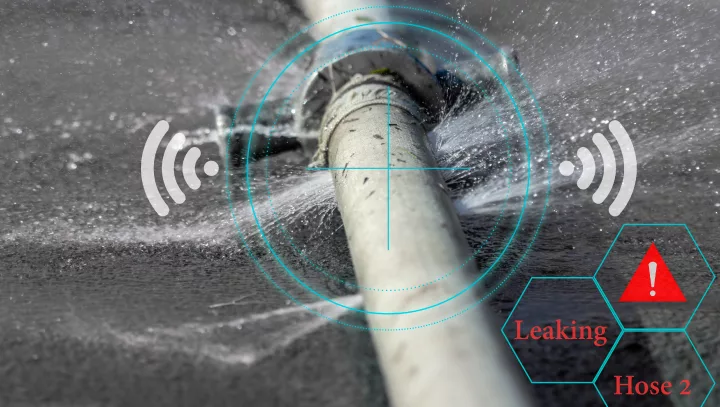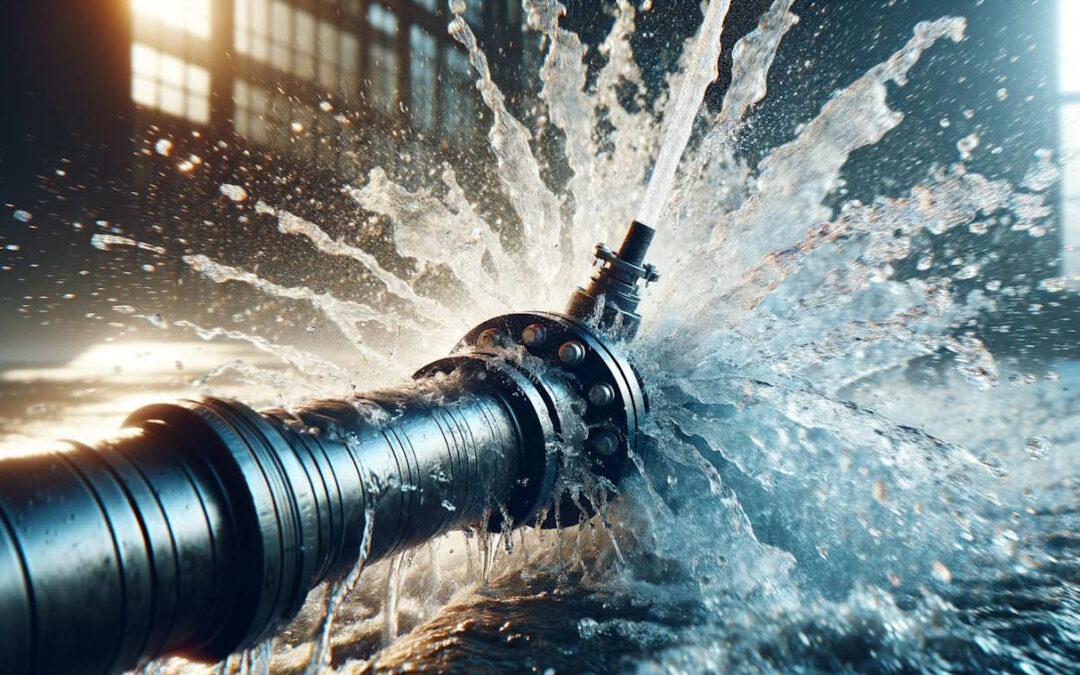Innovative Solutions for Early Detection of Water Leaks in Structures and Infrastructure
As the integrity of buildings and infrastructure is vital, the challenge of very early detection of water leaks has actually spurred innovative options that assure to transform the means we guard against potential damages. From sophisticated leak detection modern technologies to the implementation of IoT sensing units for real-time monitoring, the landscape of leakage avoidance is developing quickly. Artificial intelligence formulas supply a glance right into the future of leakage forecast, while thermal imaging presents a non-intrusive approach for pinpointing concealed leakages. Automated water flow evaluation systems are improving how leakages are determined and attended to, leading the way for an aggressive approach to water leakage detection. Each of these solutions holds the essential to guaranteeing the integrity and durability of our constructed atmosphere, motivating a shift in the direction of an extra lasting and effective future.
Advanced Leak Detection Technologies
Advanced leak discovery technologies, geared up with cutting-edge sensors and formulas, play a vital function in promptly identifying and determining water leakages in numerous settings. These technologies utilize a mix of acoustic, thermal, and electro-magnetic sensing methods to spot leaks accurately. Acoustic sensing units find the sound of escaping water, enabling exact localization of the leak source. Thermal imaging detects temperature level changes triggered by water leak, supplying an additional effective approach for leak recognition. Electromagnetic sensing units can identify modifications in magnetic fields triggered by water, offering yet another layer of leakage detection ability.

IoT Sensors for Real-Time Monitoring
In the world of modern-day water leakage discovery, the assimilation of IoT sensors for real-time tracking represents a critical innovation in improving positive leakage detection capabilities. These sensing units supply constant surveillance of water supply, providing real-time data on water flow rates, pressure variations, and temperature level adjustments. By leveraging IoT innovation, these sensing units can discover even the tiniest abnormalities in water usage patterns, enabling very early identification of possible leaks before they intensify right into significant concerns.
IoT sensors transfer data to a central platform, where sophisticated formulas analyze the information and create alerts or notices when abnormalities are discovered. This real-time monitoring capacity enables homeowner or facility managers to quickly address leaks, minimizing water damage, decreasing fixing prices, and preserving water resources.
Furthermore, IoT sensors can be integrated with building management systems, permitting automated actions to discovered leaks, such as shutting down water shutoffs or turning on pumps to reduce the influence of leakages. In general, the application of IoT sensors for real-time surveillance significantly improves the efficiency and efficiency of water leakage discovery in structures and infrastructure.
Artificial Intelligence Algorithms for Leak Prediction

One secret advantage of using artificial intelligence for leakage prediction is its ability to continually discover and improve its precision over time. As more information is collected and fed right into the algorithm, it can fine-tune its predictions and adjust to altering problems, eventually increasing the integrity of leak detection systems.
Moreover, artificial intelligence algorithms can aid in identifying refined indicators of leaks that may go undetected by conventional tracking approaches. water leak detection. By examining complicated data embed in real-time, these formulas can give early cautions and signals, permitting for punctual intervention and preventive upkeep more helpful hints to alleviate possible water damage and connected prices
Utilizing Thermal Imaging for Leak Discovery
Thermal imaging modern technology supplies a promising strategy for spotting water leakages in various systems and facilities. By utilizing infrared radiation and temperature variations, thermal imaging electronic cameras can identify concealed leakages that are not easily noticeable to the naked eye. When water escapes from pipelines this post or frameworks, it typically alters the temperature of the bordering location, creating temperature level differentials that thermal video cameras can catch. These temperature irregularities are then translated right into noticeable images, highlighting the specific place of the leak.
Among the key advantages of thermal imaging for leak discovery is its non-intrusive nature. Unlike standard approaches that may need burglarizing walls or floorings to locate leakages, thermal imaging enables for non-destructive testing. This not only saves time and decreases costs but likewise minimizes interruption to the building or facilities being evaluated. In addition, thermal imaging can rapidly check large locations, providing a thorough review of potential leak resources in a prompt way. Overall, using thermal imaging modern technology improves the effectiveness and precision of water leakage discovery, making it a beneficial tool for keeping the integrity of buildings and frameworks.
Automated Water Flow Evaluation Systems
Just how can computerized water circulation evaluation systems revolutionize the detection and management of leaks in different systems and facilities? Automated water circulation analysis systems offer a proactive strategy to leakage discovery by continually checking water flow rates and patterns. By establishing baseline information, these systems can swiftly recognize variances that may show a leakage, enabling prompt treatment to avoid extensive damage.
These systems use sophisticated algorithms to evaluate real-time information and provide instant signals when abnormalities are found, enabling quick action visit site to be taken. Additionally, automatic water flow analysis systems can be integrated with structure administration systems or IoT platforms, improving overall efficiency and enabling remote tracking capabilities.
In addition, the information gathered by these systems can be utilized for anticipating upkeep functions, assisting to determine potential weak points in the infrastructure prior to leakages happen. In general, the application of automated water flow analysis systems can dramatically boost leakage detection and administration techniques, eventually causing set you back financial savings, lowered water wastage, and boosted sustainability in buildings and framework.

Conclusion
Finally, the combination of advanced leak discovery modern technologies, IoT sensing units, maker learning formulas, thermal imaging, and automated water circulation analysis systems uses cutting-edge solutions for early detection of water leaks in buildings and facilities. These innovations allow real-time monitoring, forecast of leaks, and efficient detection techniques to avoid water damages and waste. Implementing these options can aid in maintaining the honesty and sustainability of water supply in numerous settings.